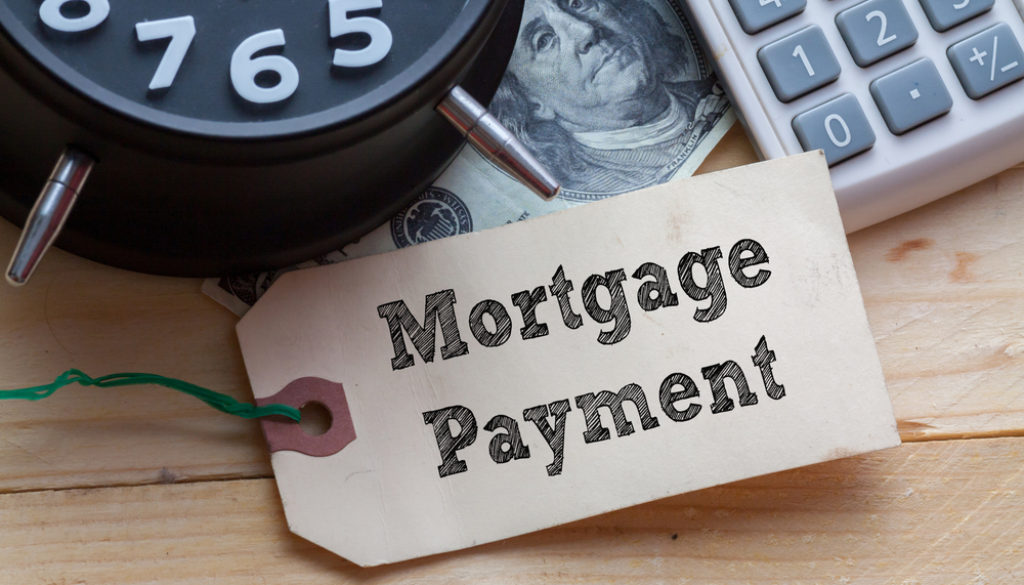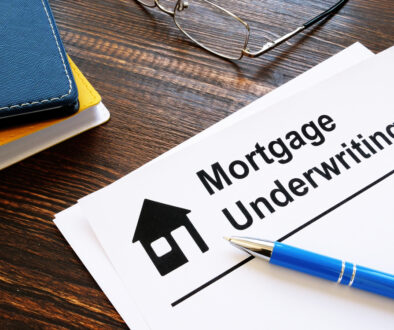What Your Monthly Mortgage Payment is Going Toward
While most mortgage payments will be made in a single lump sum each month, borrowers are actually paying a few different things within this larger amount. There are several distinct components to a mortgage payment, and these may also change during the life of the loan as more and more of it is paid off.
At Primary Residential Mortgage, we’re happy to walk you through the exact components of your mortgage payment for any of our home loans, both as they originate on your home loan and in terms of how they’ll change over time. Here are the four standard elements of a given mortgage payment, plus how they may differ over a period of years.
Principal
The first component here is principle, which refers to the actual amount of money that you’re borrowing. It’s important to note, however, that your initial payments toward principal will be lower than they’ll be later on in the mortgage.
This is because, during these early stages, you’ll be paying a higher percentage of each payment toward interest, taxes and possibly insurance. Over time, though, you’ll be paying more and more toward your principle, which means you’ll have much less interest to pay over the life of the loan.
Interest
The second component is interest itself, which will be based on the remaining amount of principal that isn’t being paid off (and what percentage of a standard 360-month payment period this figure comes out to be). Interest is often expressed as an annual percentage rate, or APR.
Insurance
Depending on your loan and the accompanying lender requirements, you may also need to hold insurance for your home. This type of insurance, called homeowners insurance, will add a small fee onto your monthly mortgage payment each month, and is generally desirable for homeowners.
In addition, if you’re paying less than a 20% down payment for the home, you may be required to obtain private mortgage insurance. This fee, typically known as PMI, is a monthly payment that borrowers must make whenever they make a down payment of less than 20%, and protects the lender in case of default.
Property Taxes
Finally, the fourth component here will be property taxes for your home. In some states, these are actually paid on an annual basis; in others, they’re paid every quarter. The amount needed in each payment will depend on the tax rate where your home is located and the total value of your house.
One important note: If you’re refinancing, any taxes you owe as a part of this process must be paid in full before closing on the new loan can occur. That means that even if you don’t owe any taxes on your existing loan, you definitely need to be aware of this when refinancing.
For more on the elements that go into a mortgage payment, or to learn about any of our mortgages or related services, speak to the staff at Primary Residential Mortgage today.
*PRMI NMLS 3094. PRMI is an Equal Housing Lender. Some products and services may not be available in all states. Credit and collateral are subject to approval. Terms and conditions apply. Programs, rates, terms, and conditions are subject to change and are subject to borrower(s) qualification. This is not a commitment to lend. Opinions expressed are solely my own and do not express the views of my employer.




